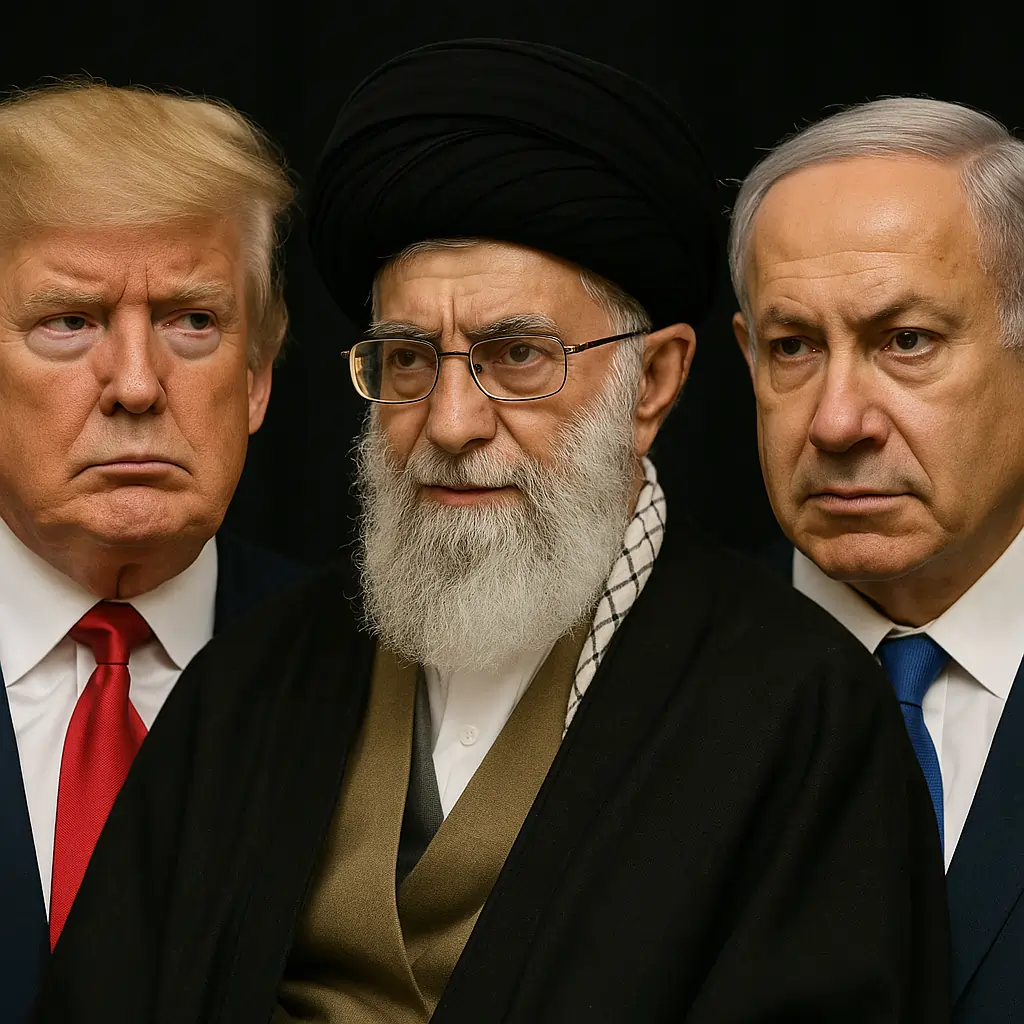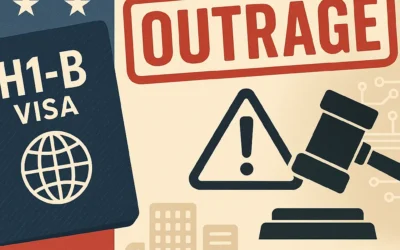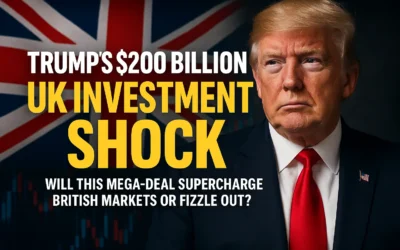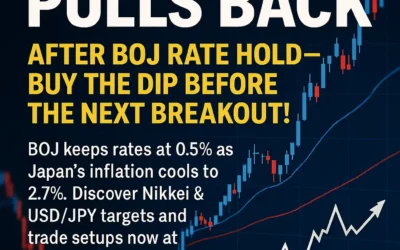Introduction
As tensions between the United States, Iran, and Israel intensify, many experts are questioning Washington’s true motivations. While public discourse focuses on defending allies and maintaining regional stability, a deeper, more strategic rationale may be at play: protecting the global dominance of the US dollar. Beyond the missiles and diplomatic statements, this conflict could be driven by a calculated effort to preserve American monetary hegemony in an increasingly multipolar world.
This article explores the connection between war, the strength of the dollar, energy markets, US monetary policy, and the future of the global financial order.
War and the “Flight to Safety” Mechanism
Whenever a major conflict erupts—especially in a strategic region like the Middle East—markets react with fear and uncertainty. This triggers a well-known financial reflex known as the “flight to safety,” where investors exit risky assets and seek security.
In these moments, the US dollar, US Treasury bonds, and gold become the primary safe-haven assets. Despite America’s massive debt, the dollar remains the world’s most trusted currency due to the size and depth of US financial markets, the strength of its institutions, and the lack of credible alternatives.
To purchase US Treasuries, foreign investors must convert their local currencies into dollars. This large-scale currency conversion increases demand for the dollar, causing it to appreciate against other currencies.
In essence, geopolitical chaos often benefits the dollar, as it reinforces its status as the global reserve currency and the ultimate shelter in turbulent times.
De-Dollarization: Iran is Just the Tip of the Iceberg
A more structural threat to the dollar’s dominance comes from a growing trend known as de-dollarization—the move by several nations to reduce reliance on the dollar in global trade and especially in energy transactions.
Iran is a key player in this movement, selling oil in currencies like the yuan or through barter agreements, bypassing the dollar entirely. But it is far from alone. Russia sells natural gas to China in yuan. India trades with partners using rupees or dirhams. Even Saudi Arabia has explored accepting renminbi for some of its oil sales.
Meanwhile, the expanded BRICS group (Brazil, Russia, India, China, South Africa, plus new entrants like Iran, Egypt, and Ethiopia) is pushing to create an alternative financial architecture outside of US control.
This directly challenges the so-called “petrodollar system” that has underpinned global dollar demand since the 1970s, where most oil is priced and traded in dollars. The less oil is priced in USD, the weaker the structural demand for it becomes.
For Washington, this is a long-term strategic threat. If the dollar loses its primacy in energy markets, it could face declining global demand, reduced influence, and increased borrowing costs. In this light, Iran is not just a regional adversary—it is a symbol of resistance to US monetary dominance.
Energy Shocks and the Dollar: The Strait of Hormuz Factor
The Strait of Hormuz is one of the world’s most critical oil transit chokepoints. Around 20% of global oil passes through this narrow waterway, linking the Persian Gulf with the Arabian Sea. If the strait were to be closed—even temporarily—the consequences would ripple across the global economy.
Immediate impacts of a Strait of Hormuz closure:
- Oil prices would spike dramatically, likely surpassing $120 or even $150 per barrel.
- Energy-importing countries would face surging costs, pressuring inflation worldwide.
- Demand for US dollars would increase, as oil is still mostly traded in USD, reinforcing its value even further.
Industries and sectors most affected:
Negatively impacted sectors:
- Airlines and aviation: Fuel costs make up a significant portion of airline expenses. A spike in oil prices could drastically increase operating costs and reduce profitability.
- Shipping and logistics: Higher bunker fuel costs would raise the price of transporting goods globally.
- Automotive and transportation: Rising gasoline prices could lower consumer demand and increase production costs, especially in markets dependent on oil-based logistics.
- Agriculture: Fertilizers, machinery, and transport are all energy-intensive, and food prices could rise.
- Emerging markets: Countries reliant on energy imports and dollar-denominated debt would suffer from both price inflation and currency devaluation.
Positively impacted sectors:
- Oil and gas companies: Producers like ExxonMobil, Chevron, Saudi Aramco, and others could benefit from higher crude prices and margins.
- Defense and arms manufacturers: Companies like Lockheed Martin and Raytheon often see stock price boosts during periods of geopolitical conflict.
- US Treasury bonds: Increased demand as safe-haven assets would raise bond prices and attract global capital.
- US dollar and forex trading platforms: Currency volatility can drive volume and profits for brokers and institutional traders.
- Gold and precious metals: Traditional safe-haven assets like gold would likely surge, offering a hedge against inflation and instability.
A prolonged or repeated threat to the strait would reinforce the importance of energy security, further reshaping global supply chains, encouraging diversification of routes (such as via pipelines), and accelerating interest in renewables and nuclear power.
The Fed’s Role: A Strategic Opportunity?
The Federal Reserve has raised interest rates sharply over the past two years to combat post-pandemic inflation. However, current market expectations point to a potential rate cut toward the end of 2025, provided inflation remains under control and growth slows.
If geopolitical turmoil boosts the dollar—through capital inflows and flight to safety—it may give the Fed more room to ease monetary policy without triggering inflation. This creates a rare and powerful combination:
- A strong dollar to maintain global confidence
- Lower interest rates to stimulate domestic investment and risk assets
- Rising equity markets and recovering cryptocurrencies
This scenario could serve Wall Street’s interests, allowing the US to benefit from a crisis abroad while rebooting economic growth at home. However, everything depends on the scale and duration of the crisis. If energy prices spiral out of control, inflationary pressure could force the Fed to keep rates high, which would dampen economic recovery.
Conclusion: Not Just a Regional Conflict, but a Monetary War
This conflict between Iran, Israel, and the United States is not merely about borders, ideology, or retaliation. It’s part of a larger battle for control over the global financial order. In a world where the dollar is no longer unchallenged, geopolitical conflicts can serve as instruments of economic strategy.
The United States may use conflict-induced instability to strengthen the dollar, attract foreign capital, justify defense spending, and delay the global shift toward de-dollarization.
But this strategy is not without risk. Overusing geopolitical pressure may accelerate the desire among emerging powers to build alternatives. The dollar remains strong—for now—but its supremacy is no longer guaranteed. What unfolds in the Middle East may determine much more than the next military move. It could shape the future of money itself.
Discover More
For more insights into analyzing value and growth stocks poised for sustainable growth, consider this expert guide. It provides valuable strategies for identifying high-potential value and growth stocks.
We also have other highly attractive stocks in our portfolios. To explore these opportunities, visit our investment portfolios.
This analysis serves as information only and should not be interpreted as investment advice. Conduct your own research or consult with a financial advisor before making investment decisions.
Looking to Educate Yourself for More Investment Strategies?
Check out our free articles where we share our top investment strategies. They are worth their weight in gold!
📖 Read them on our blog: Investment Blog
For deeper insights into ETF investing, trading, and market strategies, explore these expert guides:
📘 ETF Investing: ETFs and Financial Serenity
📘 Technical Trading: The Art of Technical & Algorithmic Trading
📘 Stock Market Investing: Unearthing Gems in the Stock Market
📘 Biotech Stocks (High Risk, High Reward): Biotech Boom
📘 Crypto Investing & Trading: Cryptocurrency & Blockchain Revolution
Did you find this article insightful? Subscribe to the Bullish Stock Alerts newsletter so you never miss an update and gain access to exclusive stock market insights









0 Comments